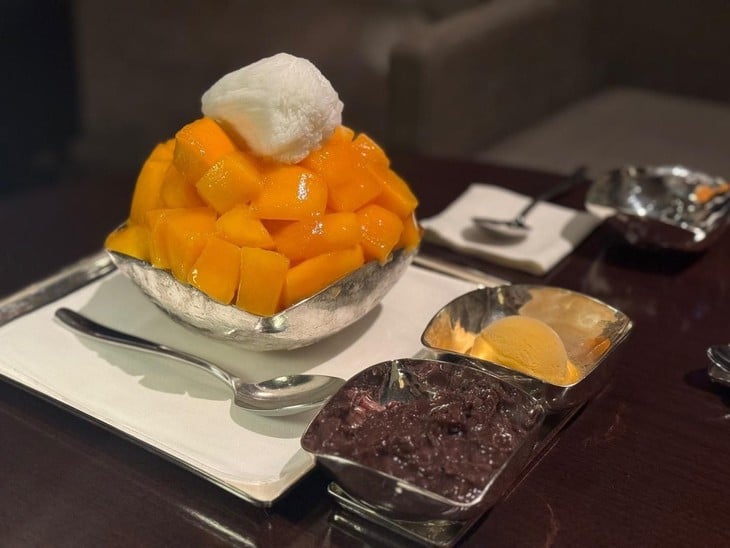
Apple mango bingsu served at The Shilla Seoul hotel, May 22, 2024 - Photo: The Korea Times
Once a popular dish, Korean bingsu has evolved into many styles, from traditional to luxurious, to suit every taste.
In Vietnam, bingsu has quickly "entered" the menu of young people whenever the weather is "hot".
Some familiar bingsu shops that are constantly introduced by young users on TikTok include: Sul Bingsu, Snow Bings, MrP Bingsu & Tea, Bingsuya Coffee...
From royal dishes to national desserts
The history of bingsu is closely linked to the use and storage of ice in Korea. For centuries, Koreans have harvested ice from rivers in the winter and stored it in insulated ice warehouses for use in the summer. The most famous storage places are Seobinggo and Dongbinggo, now in Yongsan County.
According to the "Gyeongguk Daejeon", a law enacted in 1458 during the reign of King Sejo, the distribution of stone was strictly controlled due to its scarcity.
Only people with special licenses, mainly royalty and court officials, were allowed to use ice to make desserts or preserve dishes during the summer.
By the late Joseon period, shaved ice became more accessible due to the commercialization of its production. This contributed to the spread of bingsu, a dessert introduced to Korea from Japan in the late 19th century.
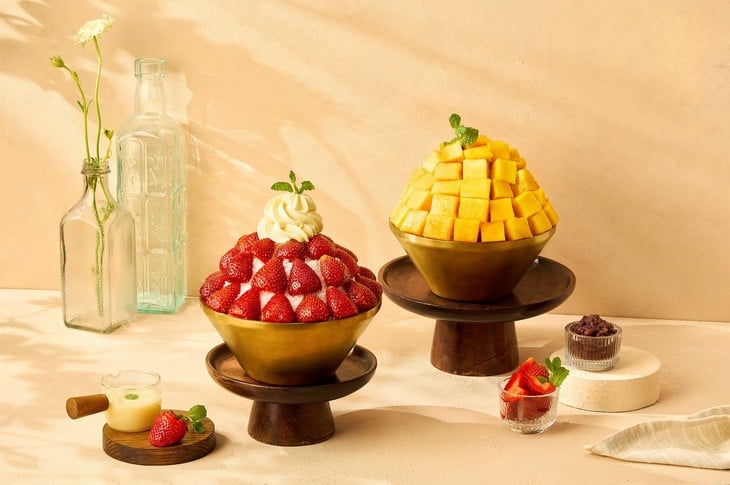
Summer bingsu at Pullman Danang Hotel - Photo: Pullman
According to The Korea Times , one of the first documents mentioning bingsu is the book Ildonggiyu (1877) by aristocrat Kim Gi Su, a Korean who went to Japan as a diplomat .
He described bingsu as "a frozen syrup made by shaving ice into powder, then mixing it with egg yolks and sugar. It has a mountain shape, bright colors, a mild sweetness, and a pleasant coolness."
By 1900, a bingsu shop had appeared in the Jongno area of Seoul, according to the Hwangseong Sinmun newspaper. Just 20 years later, the Donga Ilbo newspaper reported that Seoul had more than 400 bingsu shops.
And culture magazine Byeolgeongon even called bingsu an "indispensable" summer dish for Koreans.
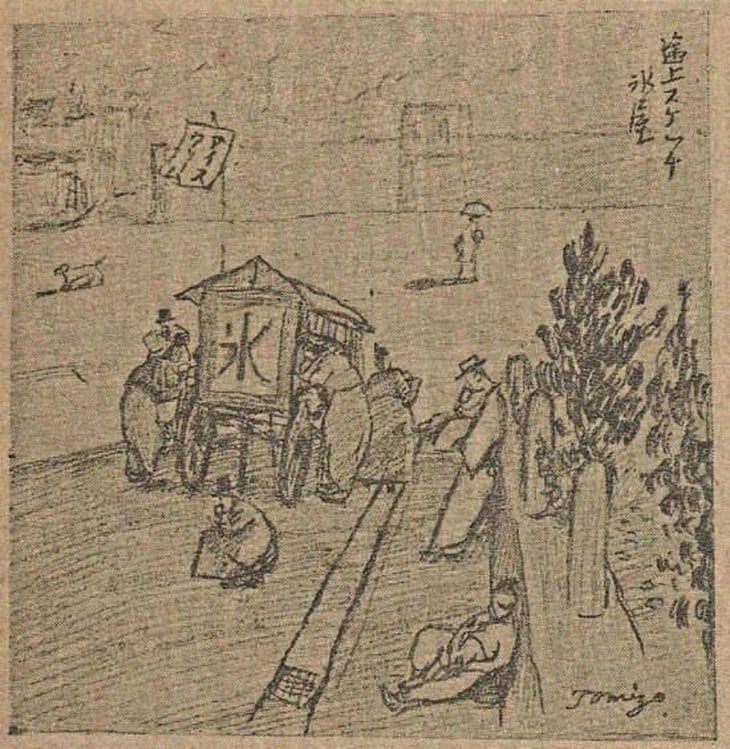
Illustration of a shaved ice shop in Korea in the July 18, 1917 edition of Maeil Sinbo - Photo: National Folk Museum of Korea
Bingsu versions
According to The Korea Times , the version of patbingsu – bingsu with red beans – began to emerge in Korea in the early 1970s. Cultural researchers explain that Koreans inherently prefer a slightly chewy texture in the dish. The sweetness and richness of red beans satisfied this taste, gradually replacing fruit syrup as the main topping.
By the 1980s, bingsu had moved from street carts to bakeries. In the 1990s, restaurant chains began serving more variations of bingsu, even omitting the red beans altogether to please customers who didn’t like beans.
Today, there are a variety of delicious variations of bingsu, from fruit bingsu to black sesame bingsu, to cream cheese, chocolate and pistachio fillings. The most popular in Korea is milk bingsu, which uses a shaved ice base made from frozen milk instead of water.
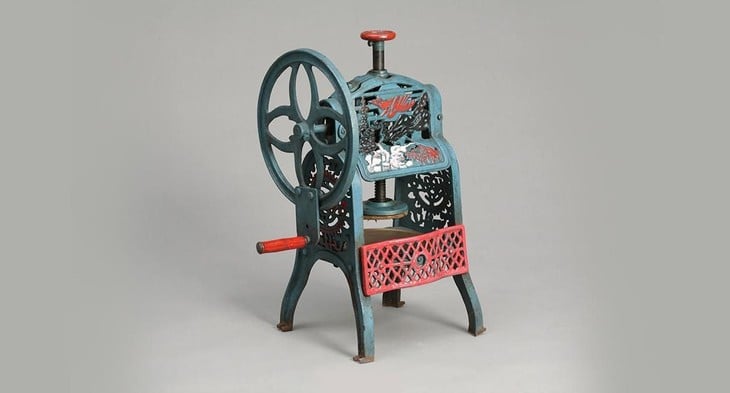
An ice shaving device from the 1960s - Photo: National Folk Museum of Korea
The most popular fruits in bingsu today are mango, strawberry, peach, grape, melon and watermelon.
As bingsu became a "trending" dish, luxury hotels in Korea quickly joined the game with high-end versions.
The Shilla Seoul offers premium mango and Jeju apple bingsu for up to 110,000 won (about $80). Four Seasons Hotel Seoul offers both classic patbingsu for 89,000 won and Jeju mango bingsu for up to 149,000 won (about $109).
These "luxury" bingsu are often designed to... look good in social media photos, rather than to be eaten.
How to make melon bingsu
Vietnamese people also "fall in love" with bingsu
Sharing with Tuoi Tre Online , many young people think that bingsu scores points because of its eye-catching decoration and diverse toppings, but it also has a slight disadvantage: the price in Vietnam is quite high, from 100,000 VND or more for a normal portion for many people.
Tran Ngoc Gia Han (18 years old) said she often eats bingsu in hot weather because this dish is perfect for hot days. When you eat it, you feel cool all over and sweet on the tip of your tongue.
As for Hoang Long (26 years old), bingsu has a spongy, cool, sweet taste, not too sweet or creamy like ice cream. And eating bingsu in the summer is "perfect".
Source: https://tuoitre.vn/bingsu-mon-da-bao-trang-mieng-don-tim-nguoi-han-moi-dip-he-20250715223817855.htm





![[Photo] 60th Anniversary of the Founding of the Vietnam Association of Photographic Artists](/_next/image?url=https%3A%2F%2Fvphoto.vietnam.vn%2Fthumb%2F1200x675%2Fvietnam%2Fresource%2FIMAGE%2F2025%2F12%2F05%2F1764935864512_a1-bnd-0841-9740-jpg.webp&w=3840&q=75)
![[Photo] National Assembly Chairman Tran Thanh Man attends the VinFuture 2025 Award Ceremony](/_next/image?url=https%3A%2F%2Fvphoto.vietnam.vn%2Fthumb%2F1200x675%2Fvietnam%2Fresource%2FIMAGE%2F2025%2F12%2F05%2F1764951162416_2628509768338816493-6995-jpg.webp&w=3840&q=75)



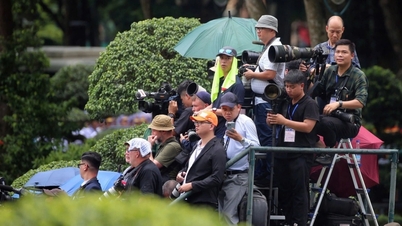



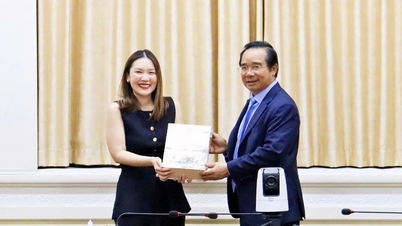
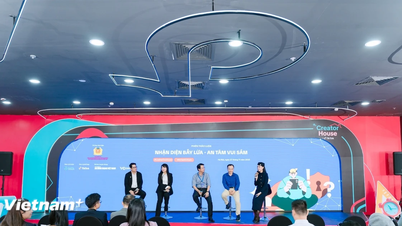

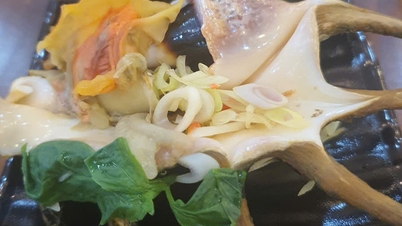

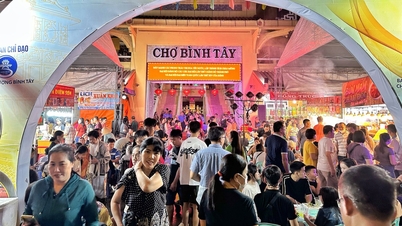

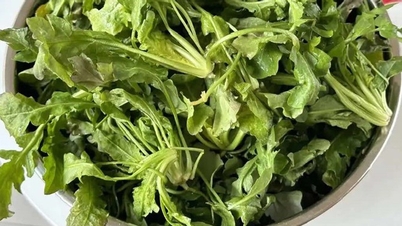



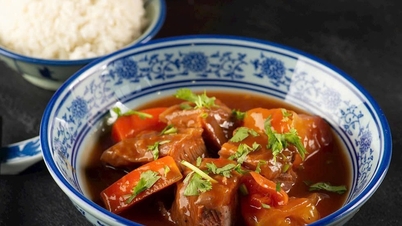





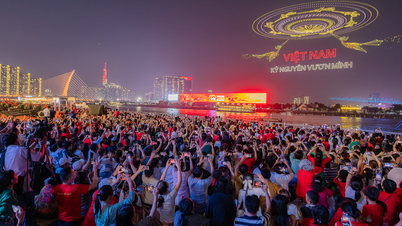
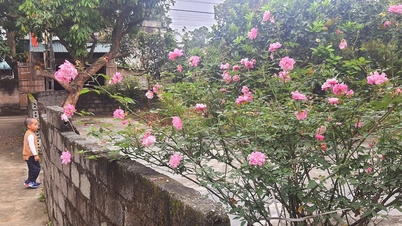




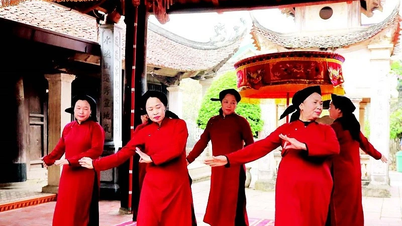

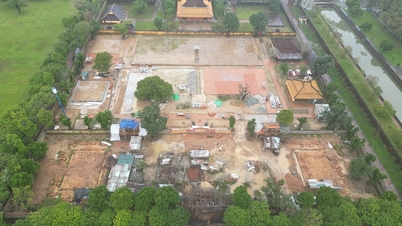
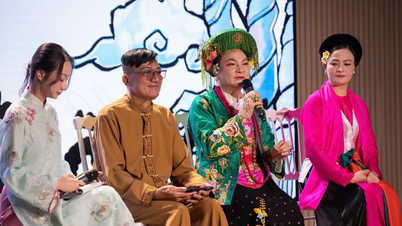



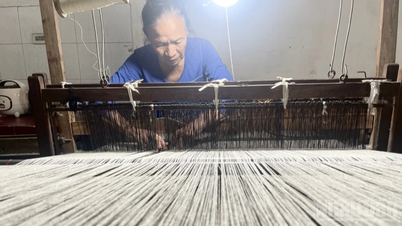

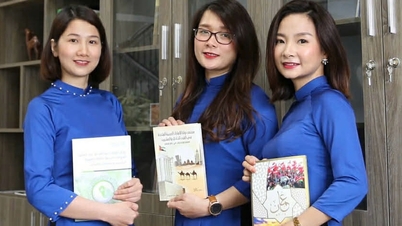

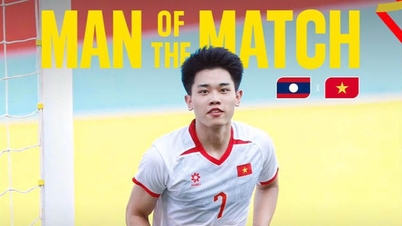

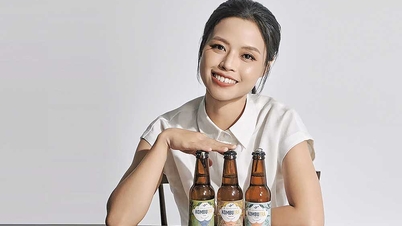



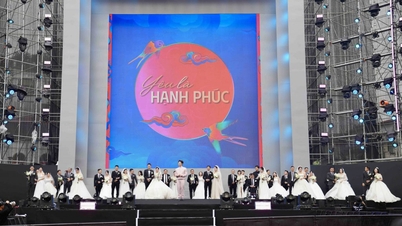




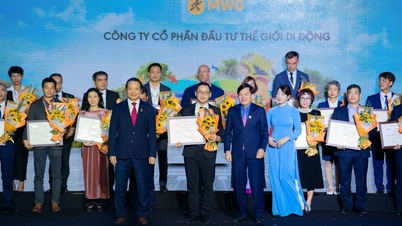







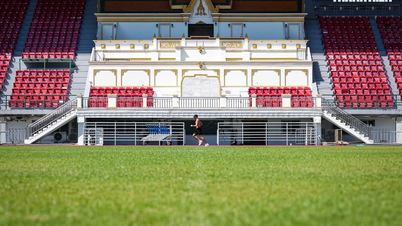

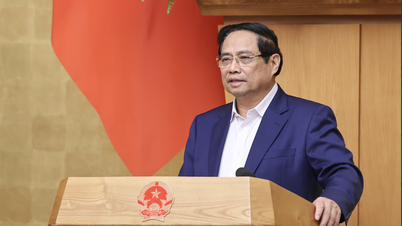
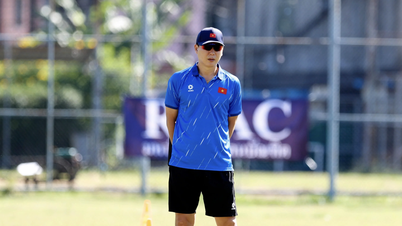
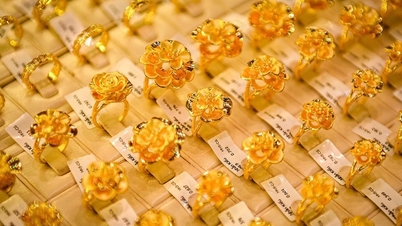




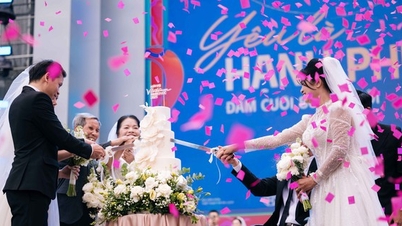


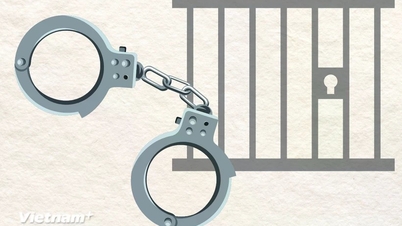



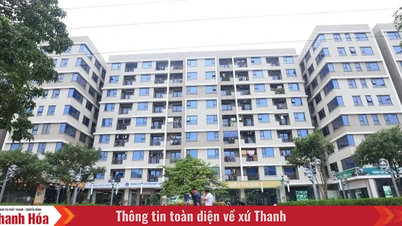



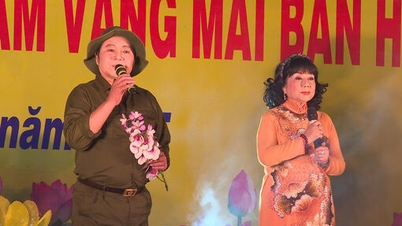


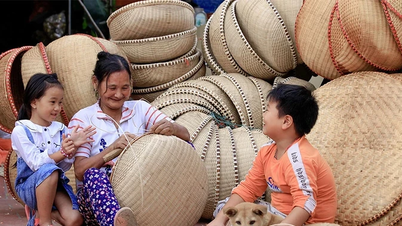











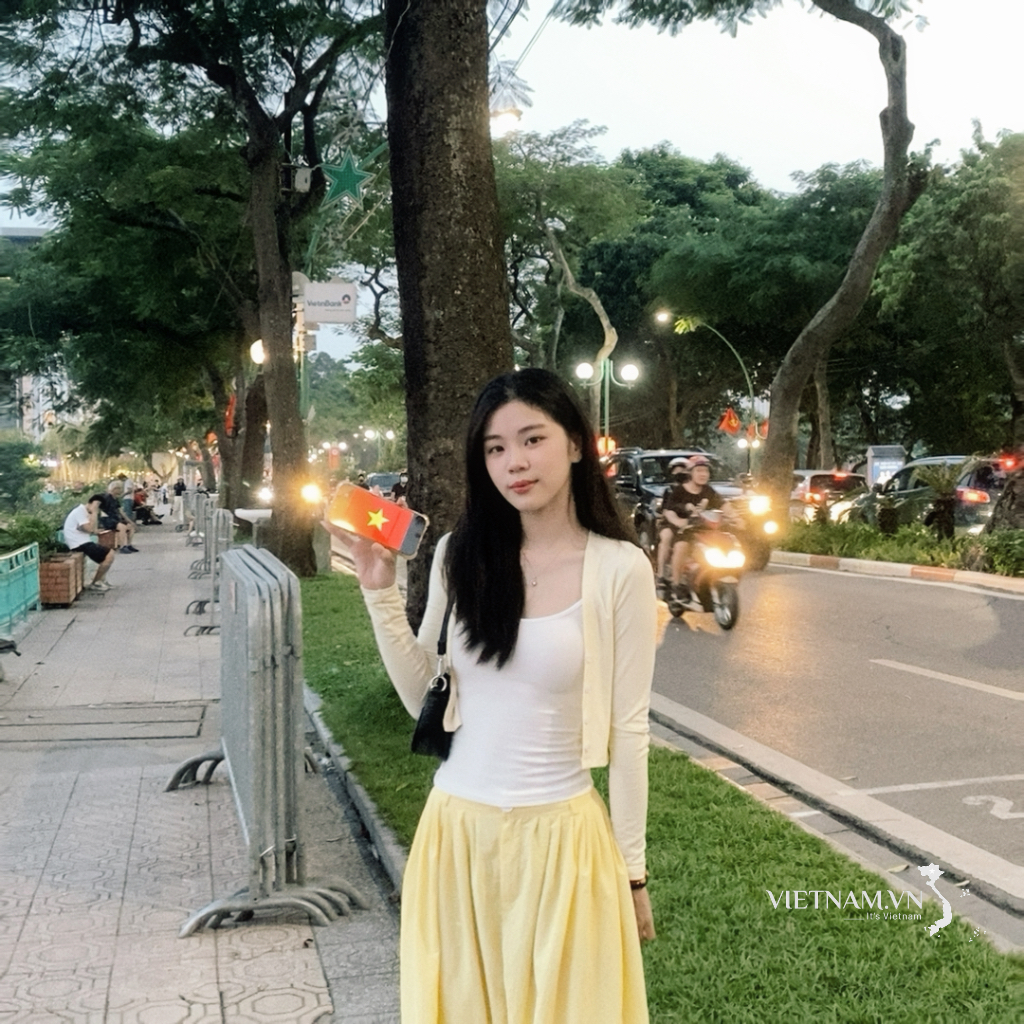
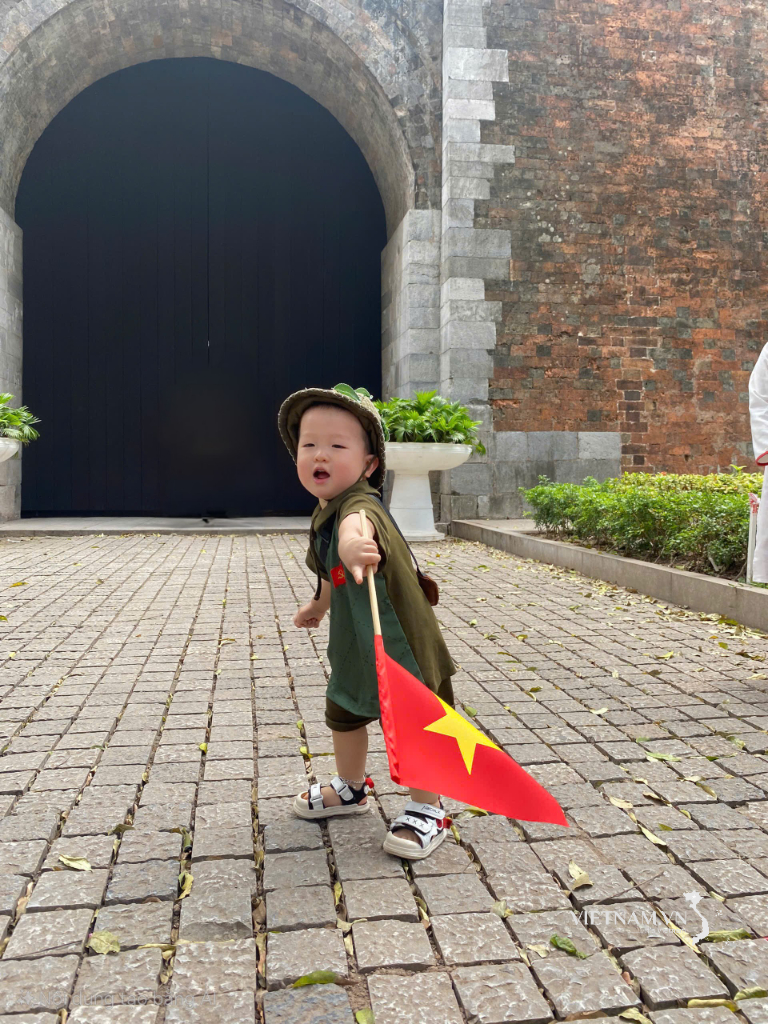

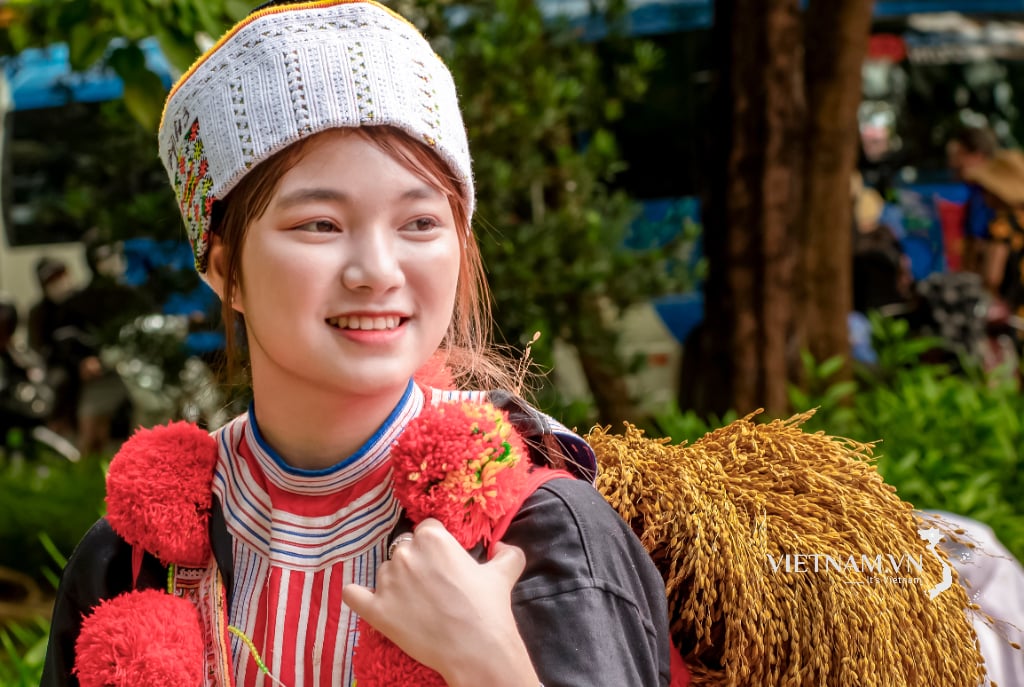




Comment (0)